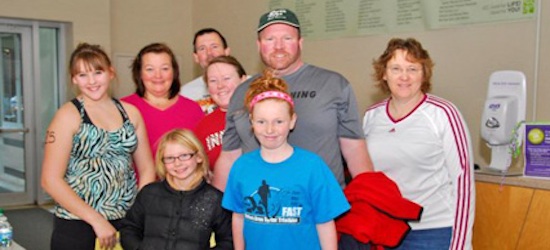by Craig Ervin
Ahoy from the chilly final days of February! My phone tells me that it’s currently 50 degrees out, but surely that can’t be right…
During my last update, I talked about a few different means of motivation (including non-creepy people watching, good music and establishing a routine). As I found myself thinking ahead to summer, I realized there was a huge motivator that I neglected to mention: GOALS!
Keeping my eyes on the prize, my overall goal is to achieve a 50-pound weight loss by June. After dropping a huge amount in January (nine pounds!), my body decided it wanted to put the on brakes a tad. In February, I’ve lost a total of four pounds, bringing my grand total of weight loss to 22 pounds!
To those extra 28 pounds left: I’ve got my eyes on you…
Along with my weight loss goal, I have a physical/mental goal in my sights, which involves completing my first Tough Mudder run in June. In short, the Tough Mudder run is a grueling 10-mile obstacle course concocted by British Special Forces. Oh, and there’s mud involved as well - a ton of it! The run has helped keep me focused during those days when I just want to go home and relax on the couch. To me, losing the weight is great in itself, but the totality of the experience isn’t realized unless I’m able to capitalize on what I’ve gone through!
And yes, I see the humor in suggesting that ‘punishing’ my body with a 10-mile mud run is thought of as capitalizing on an investment!
So what goals have you set for yourself? What do you do to ensure that you’re keeping your eyes on your own prize?
 |
| More about Craig Ervin |















